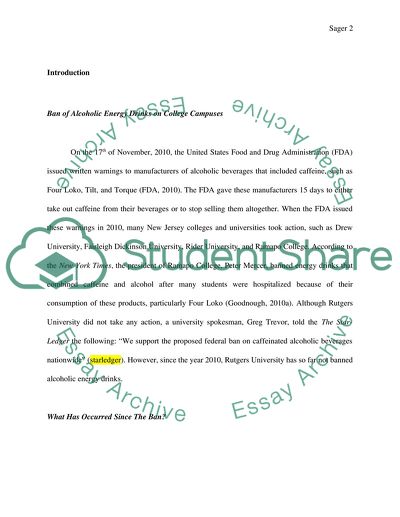Cite this document
(Mixing Energy Drinks with Alcohol Research Paper, n.d.)
Mixing Energy Drinks with Alcohol Research Paper. Retrieved from https://studentshare.org/health-sciences-medicine/1774672-mixing-energy-drinks-with-alcohol
Mixing Energy Drinks with Alcohol Research Paper. Retrieved from https://studentshare.org/health-sciences-medicine/1774672-mixing-energy-drinks-with-alcohol
(Mixing Energy Drinks With Alcohol Research Paper)
Mixing Energy Drinks With Alcohol Research Paper. https://studentshare.org/health-sciences-medicine/1774672-mixing-energy-drinks-with-alcohol.
Mixing Energy Drinks With Alcohol Research Paper. https://studentshare.org/health-sciences-medicine/1774672-mixing-energy-drinks-with-alcohol.
“Mixing Energy Drinks With Alcohol Research Paper”, n.d. https://studentshare.org/health-sciences-medicine/1774672-mixing-energy-drinks-with-alcohol.


